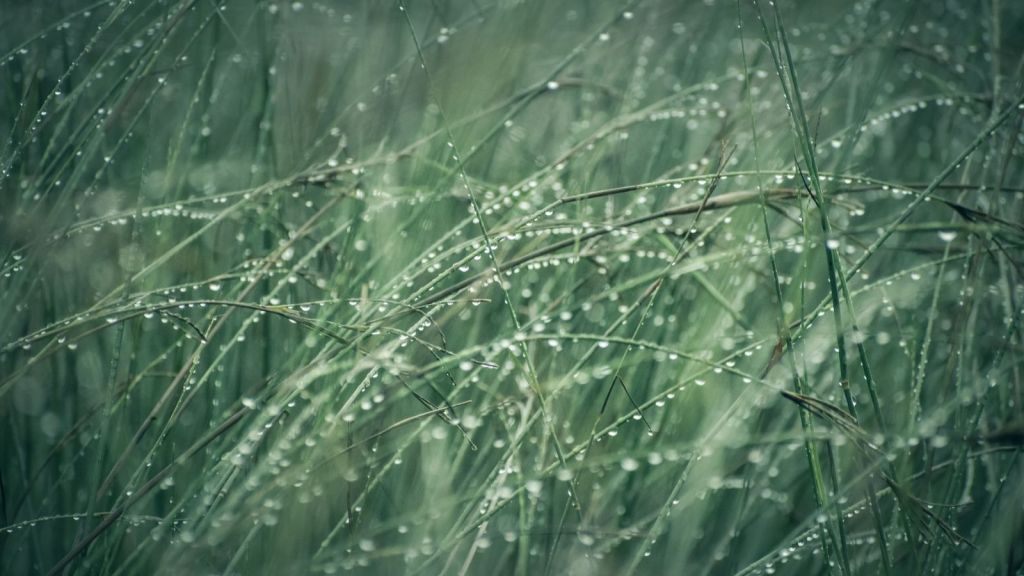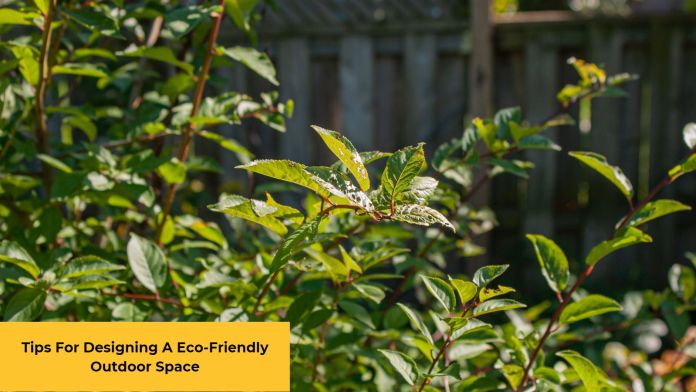Creating a sustainable backyard is essential for anyone looking to reduce their environmental footprint. With careful planning, you can design an outdoor space that looks great and reduces environmental impact. In this article, we’ll provide tips for designing an eco-friendly outdoor space to help you create a beautiful oasis while still being mindful of nature’s resources.
Imagine having an outdoor area where you can relax and entertain with friends while also doing your part to protect the planet. A sustainable backyard allows you to do just that! By following simple steps such as selecting native plants and using natural materials, you can create an inviting atmosphere without compromising the environment. You’ll be amazed at how easy it is to make small changes that have significant impacts when it comes to creating a green outdoor space.
Let’s look at how you can turn your ordinary yard into a stunning sustainable sanctuary in no time by following these helpful tips for designing an eco-friendly outdoor space. Whether starting from scratch or improving existing features, you’ll soon enjoy your new backyard paradise!
Sustainable Design Principles
Eco-friendly outdoor spaces are becoming increasingly popular as people recognize the benefits of creating a sustainable environment in their backyard. Sustainable design principles involve selecting materials and plants that have minimal impact on the planet while preserving resources for future generations.
When designing an eco-friendly outdoor space, it’s essential to start with native plants – these are adapted to local conditions and require less water than non-native species. Native plants can also provide food and shelter for birds, insects, and other wildlife. Also, choosing drought-tolerant plants helps reduce water consumption by limiting the water needed.
Rainwater harvesting is another excellent way to conserve precious resources in your garden. Installing rain barrels or tanks allows you to capture rainfall from rooftops or downspouts before it runs into storm drains or evaporates. This harvested water can then be used for watering plants, car washing, and other activities around the home.
Creating an environmentally friendly outdoor space doesn’t have to be complicated. You can take many simple steps to ensure your garden uses fewer natural resources without sacrificing beauty or function. With careful planning, you can create a beautiful outdoor oasis lasting for years!
Sustainable Landscaping Practices
In addition to selecting native plants and harvesting rainwater, several other sustainable landscaping practices can help reduce your outdoor space’s environmental impact.
For example, utilizing mulch in garden beds helps retain moisture and minimize weeds while controlling erosion. Additionally, reducing lawn size or opting for a natural grass alternative such as clover can reduce water use and maintenance requirements. Planting trees also provide shade and cooling benefits while improving air quality.
Rain gardens are another great way to manage stormwater runoff and filter pollutants from entering nearby waterways. Rain gardens capture rainfall in a shallow basin planted with native species that require less watering than traditional lawns. This beautiful landscape feature reduces flooding risks while helping re-establish native plant communities!
With these simple tips, you can create an eco-friendly outdoor space that looks great and is suitable for the environment! With careful design choices, you can create a backyard oasis that will be enjoyed by generations to come.
Rainwater Harvesting Techniques

Harvesting rainwater is an excellent way to reduce water consumption and save money. Installing gutters, downspouts, and other components of a rainwater harvesting system is relatively easy and cost-effective. Rain barrels or tanks can collect runoff from roofs, which can be diverted into a vegetable garden or landscape.
When collecting and storing harvested rainwater, consider how much will be needed for different activities such as watering plants or washing cars. For example, ample outdoor space with many trees and shrubs may require more than one tank, depending on your local climate conditions. It would help if you also researched any applicable laws in your area regarding the use of collected rainwater before installing a system.
Eco-Friendly Water Features
In addition to rainwater harvesting and energy-efficient lighting, there are other ways to make your backyard more eco-friendly. Adding a water feature can be an attractive way to enhance any outdoor space’s look–while reducing water consumption. Consider installing a fountain or waterfall powered by solar panels or recycled materials such as glass bottles or containers. These features can create soothing sounds and add movement to your landscape design.
Native plants are another great choice for sustainable landscaping since they require less watering than non-native species. Choose drought-tolerant varieties if possible, as these will help reduce water consumption even further. Incorporating native grasses and wildflowers into your garden can attract beneficial wildlife like birds and butterflies, adding color and interest to the outdoor area.
For those looking to create a relaxing and eco-friendly outdoor space, a small two-person hot tub can be an excellent addition. These hot tubs are designed to use less water and energy than larger models, making them a more sustainable option for couples or small families. Plus, the warmth and relaxation provided by the hot tub can be a great way to unwind after a long day while enjoying the benefits of the natural surroundings.
Sustainable Outdoor Lighting
To create a genuinely sustainable outdoor space, it is essential to consider lighting as well. Eco-friendly lighting can help reduce energy consumption and provide an attractive atmosphere for your backyard retreat. Sustainable design options include LED lights which are both efficient and long-lasting. Solar-powered lights are also available, allowing you to use renewable energy sources while avoiding costly electric bills. Additionally, motion sensor lights can be used in dark areas to save even more on electricity costs.
When selecting lighting fixtures for your outdoor area, look for products certified by the Environmental Protection Agency (EPA). This will ensure that the materials used in their construction do not release harmful chemicals into the environment. Furthermore, try to find lamps or bulbs with low wattage ratings – this will help minimize your electricity usage while providing adequate illumination.
By incorporating eco-friendly elements such as rainwater harvesting systems, water features made from recycled materials, native plants, and sustainable lighting solutions into your landscape design, you will have created a beautiful yet environmentally conscious backyard haven! This design conserves resources and is aesthetically pleasing, allowing you to enjoy nature at its best without compromising style or comfort.
Conclusion
Overall, designing a sustainable backyard is an environmentally friendly and cost-effective way to enjoy the outdoors. Using sustainable design principles such as native plants, rainwater harvesting techniques, eco-friendly water features, and outdoor lighting powered by renewable energy sources, you can create a beautiful outdoor space that reduces your environmental impact while saving money in the long run.
Additionally, incorporating these green practices into your yard allows you to connect with nature deeper while ensuring it remains healthy for generations to come. With careful planning and creative ideas, you can transform any ordinary outdoor space into a vibrant oasis of sustainability.



















